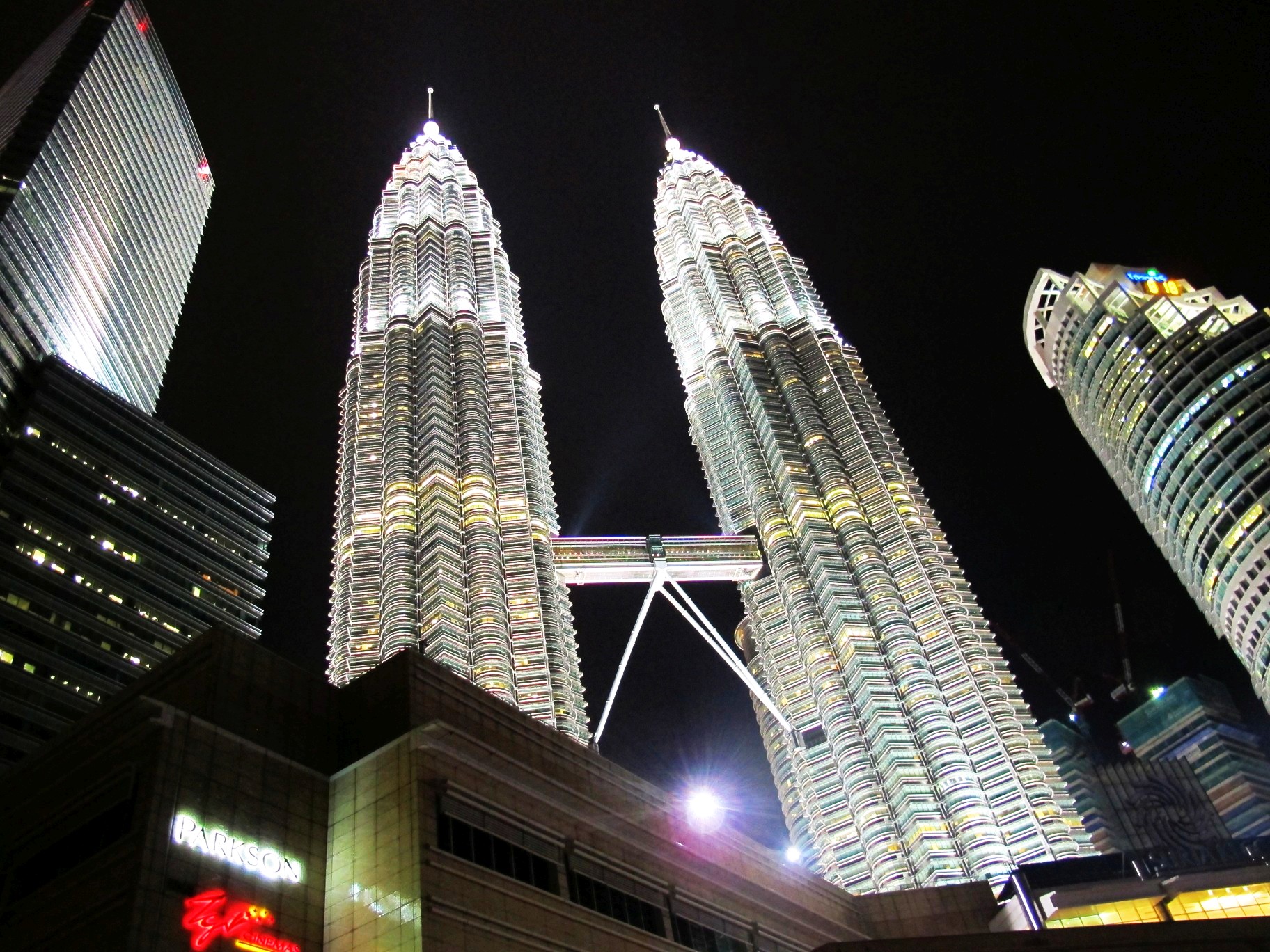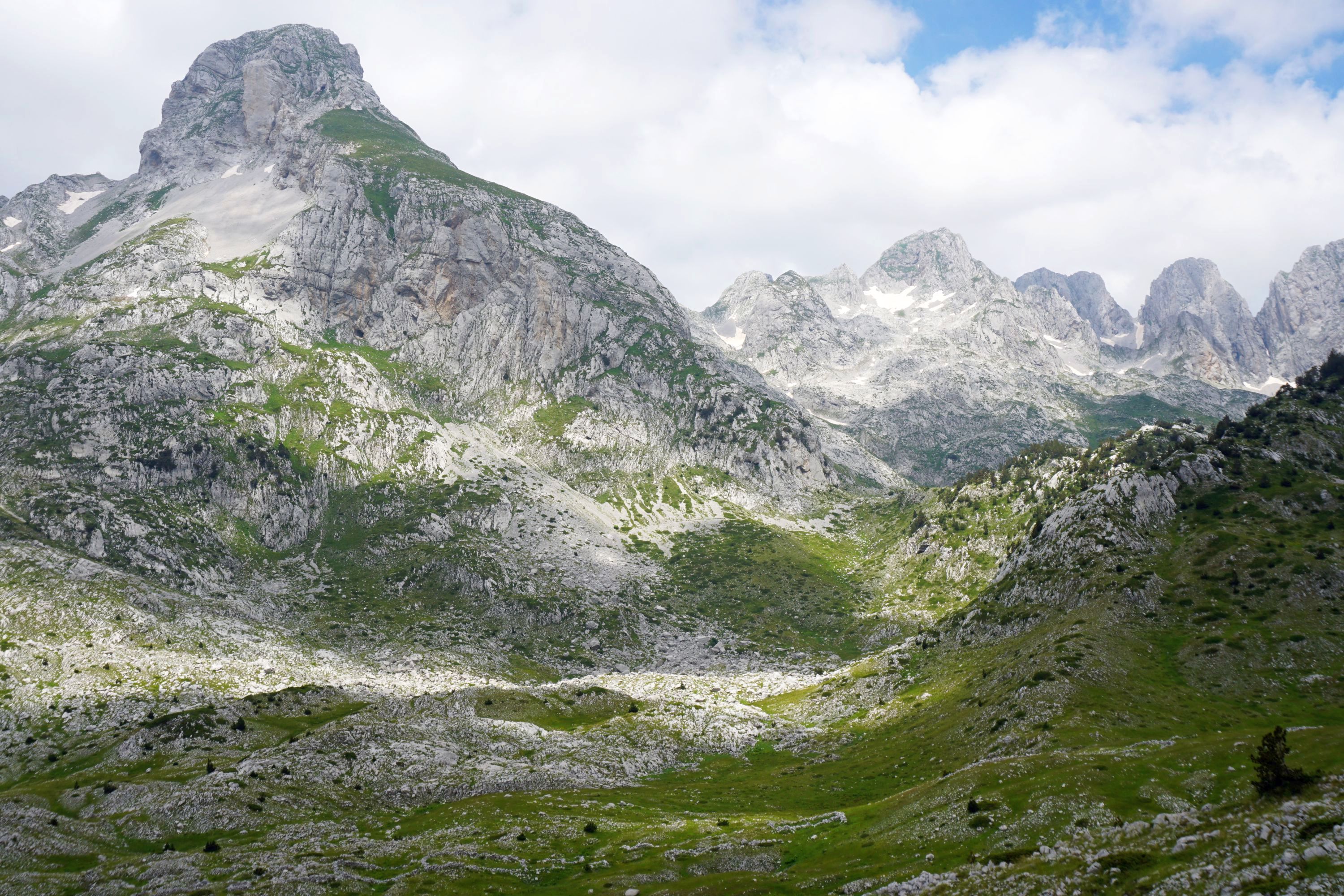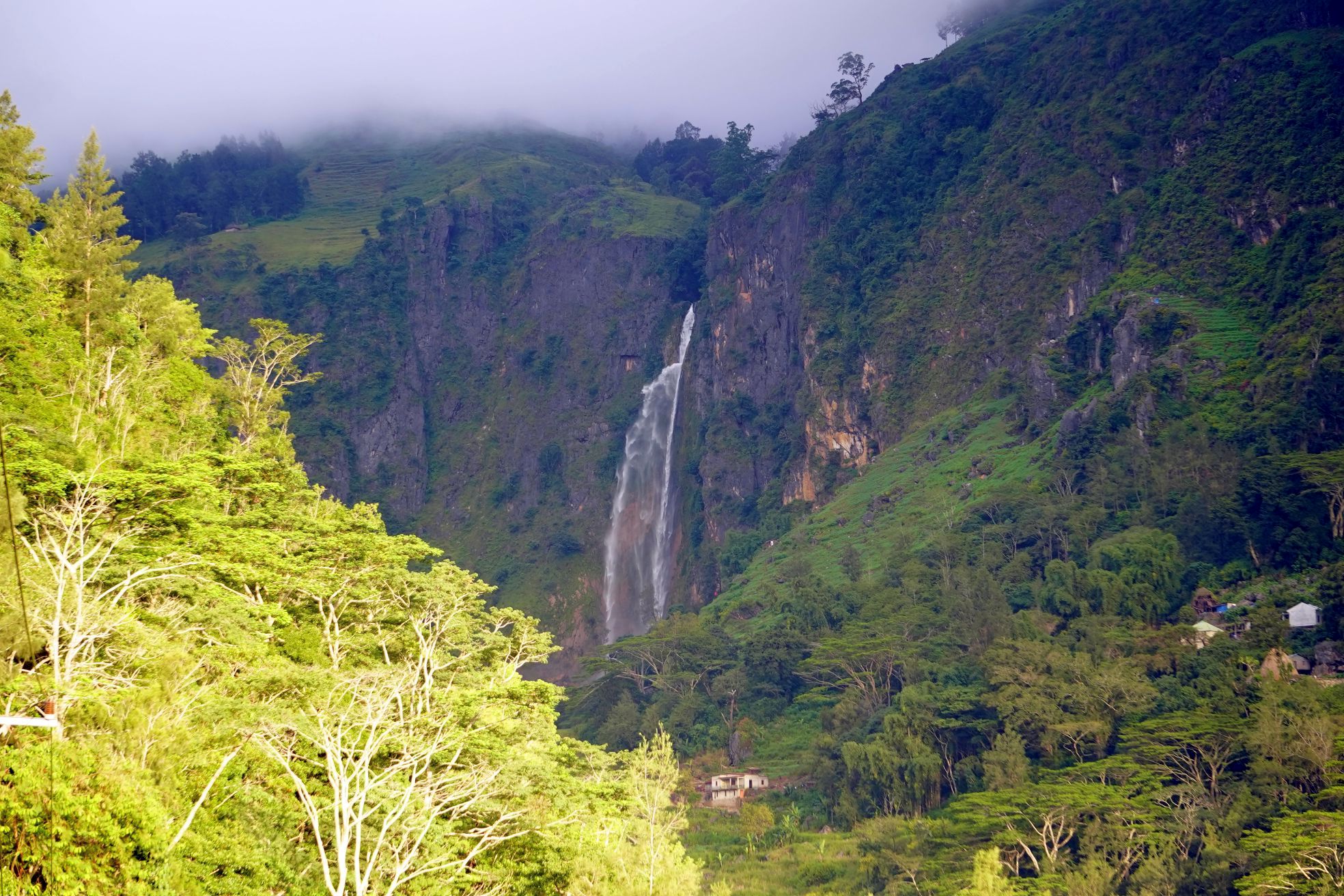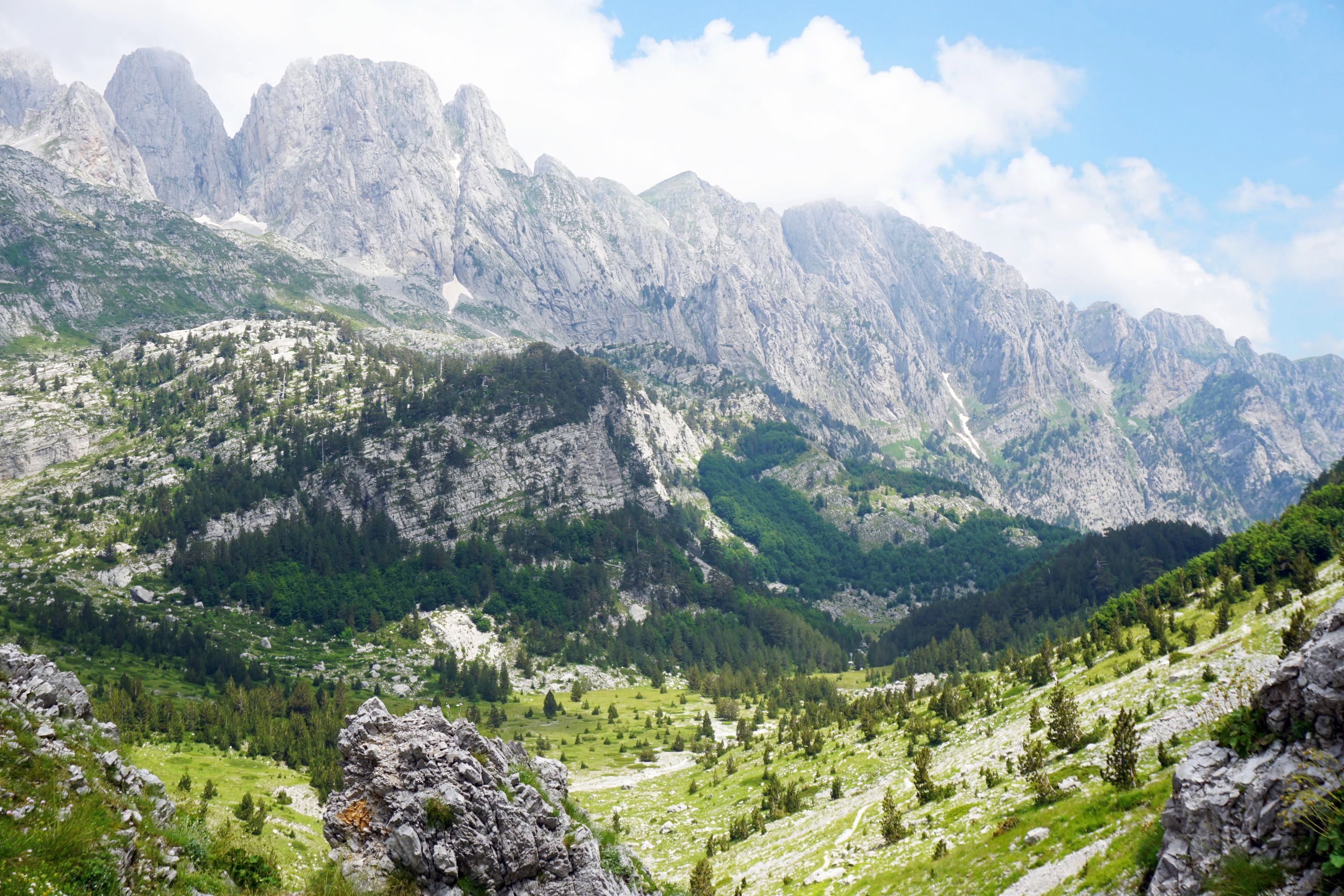I visited Kuala Lumpur (KL) in September 2013, at the end of by far the longest trip I’d taken at that time, five weeks and five countries in South-East Asia. Understandably I was somewhat tired and thought KL was a poor cousin to Singapore. Looking back on my three days there I’ve reconsidered and can appreciate why it was the 6th most visited city in the world in 2019. Highlights included some wonderful colonial architecture, the National Mosque, Islamic Arts Museum, and the KL Bird Park.

The Petronas Towers are an obvious symbol of the city, the tallest buildings in the world from 1998 to 2004, and still the tallest towers in the world, at just over 450m high. I didn’t go up the towers but did see them from pretty much every angle.






By them is the pleasant 50 acre KLCC Park in which I went for evening runs while staying at the excellent KL Traders Hotel.


Although less well known than the Petronas Towers, KL Tower has a higher public viewpoint, and has been built on a hill so you look down onto the towers.





The KL Bird Park is one of the largest bird parks in the world, home to 3,000 birds from 200 species. Under giant nets most are free to wander around the park, allowing you to get up far closer than in most aviaries.









There is some pleasant landscaping to explore.





Along with unexpected mini-Stonehenge!

Also unexpected was the nearby Tun Abdul Razak Memorial, the attractive home of the second Prime Minister of Malaysia from 1962 to 1976.





Both the memorial and bird park are in the Perdana Botanical Gardens, an attractive urban park established in 1888 during the colonial era.










Neighbouring it is the rather underwhelming National Museum.



Far better was the quite stunning National Mosque, completed in 1965 and able to hold up to 15,000 people. It has a beautifully simple design, with great use of white and blue.











Attached to it is the National Heroes Mausoleum (Makam Pahlawan), home to the tombs of a number of former Prime Ministers, Deputy Prime Ministers and other senior Malaysian leaders.



Nearby is the wonderful Islamic Arts Museum, the largest of it’s kind in South East Asia, opened in 1998.




Inside are scale models of famous mosques from around the world, demonstrating the breadth and beauty of Islamic architecture.








There were more scale models at the KL City Gallery.




KL City Gallery is on Merdeka Square, a National Heritage site, a vast expanse of greenery in the centre of the city surrounded by many heritage buildings. The largest is the ornate Sultan Abdul Samad Building, built in 1894-1897 to house the offices of the British colonial government. Construction involved over 4 million bricks but it soon became too small and extensions were added in 1903 and 1907.





Opposite is the Mock Tudor style Royal Selangor Club, founded in 1884 by the British.

Next door the Cathedral of St. Mary was founded ten years later.


Nearby is the grand 1910 KL Railway Station and opposite the equally grand Railway Administration Building.


Heading into Chinatown is the atmospheric Guan Di Temple, dating from 1888.

Opposite it is the colourful Sri Maha Mariamman, the oldest Hindu temple in KL, built in 1968 in South India style.



The Old Market Square (Lebuh Pasar Besar) is also pretty colourful.

The art deco Central Market was opened in 1937. There were a number of lanterns waiting for darkness to really come to life.




To finish with examples of architecture, heritage and modern, from around the city centre.















Leave a Reply